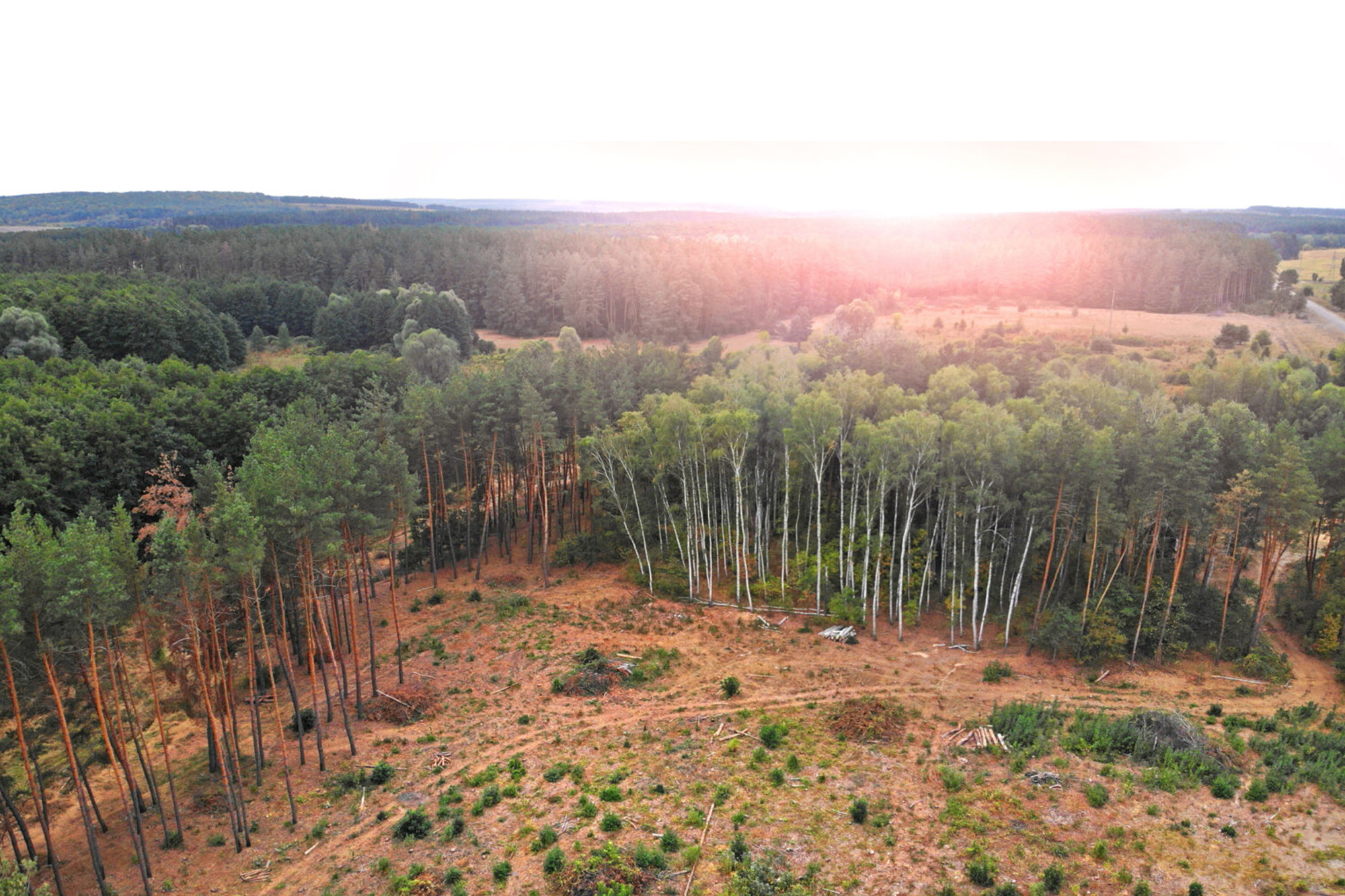
Rethinking the Carbon Offsets Market
July 18, 2024
Around 1989 an energy company was trying to see if they could plant trees in Guatemala and then use the absorption of carbon from those trees to offset their emissions of a new coal-fired power plant in the United States.

It was the dawn of carbon-off-setting, emitting one place and then reducing or removing emissions elsewhere and calling that climate neutral.
Following the Kyoto Protocol negotiations in 1996/97, industrialized countries, including the U.S., picked up on the idea of carbon crediting and carbon off-setting and explored flexible market mechanisms that, according to Libby Blanchard, would potentially make it more economically feasible for industrialized countries to meet the goals and carbon-reduction metrics of the 2015 United Nations-brokered Paris Agreement.
Three and half decades after that first experiment in Guatemala with carbon off-sets the idea seems to have hit an inflection point. “A carbon credit becomes an offset when it’s used to trade against emissions somewhere else,” reiterates Blanchard, a postdoctoral research associate at the Wilkes Center for Climate Science & Policy and the School of Biological Sciences here at the University of Utah. “And a carbon credit is supposed to be one ton of carbon dioxide equivalent reduced or removed from the atmosphere over a predetermined period of time. The big problem with carbon credits is a large majority are not real or are what we call over-credited, or both, meaning that they’re not representing or are over-representing the amount of carbon dioxide equivalent actually reduced or removed for the atmosphere."
In this episode of the Talking Climate podcast, produced by the Wilkes Center for Climate Sciences & Policy, Ross Chambless, Wilkes Center community engagement manager, interviews Blanchard on a new “Contribution Approach” replacement of the struggling carbon offsets market.
Read more about the Nature-based climate solutions in an article published in One Earth.
Listen to the full podcast and view the transcript.

Watch a video with Libby Blanchard below.